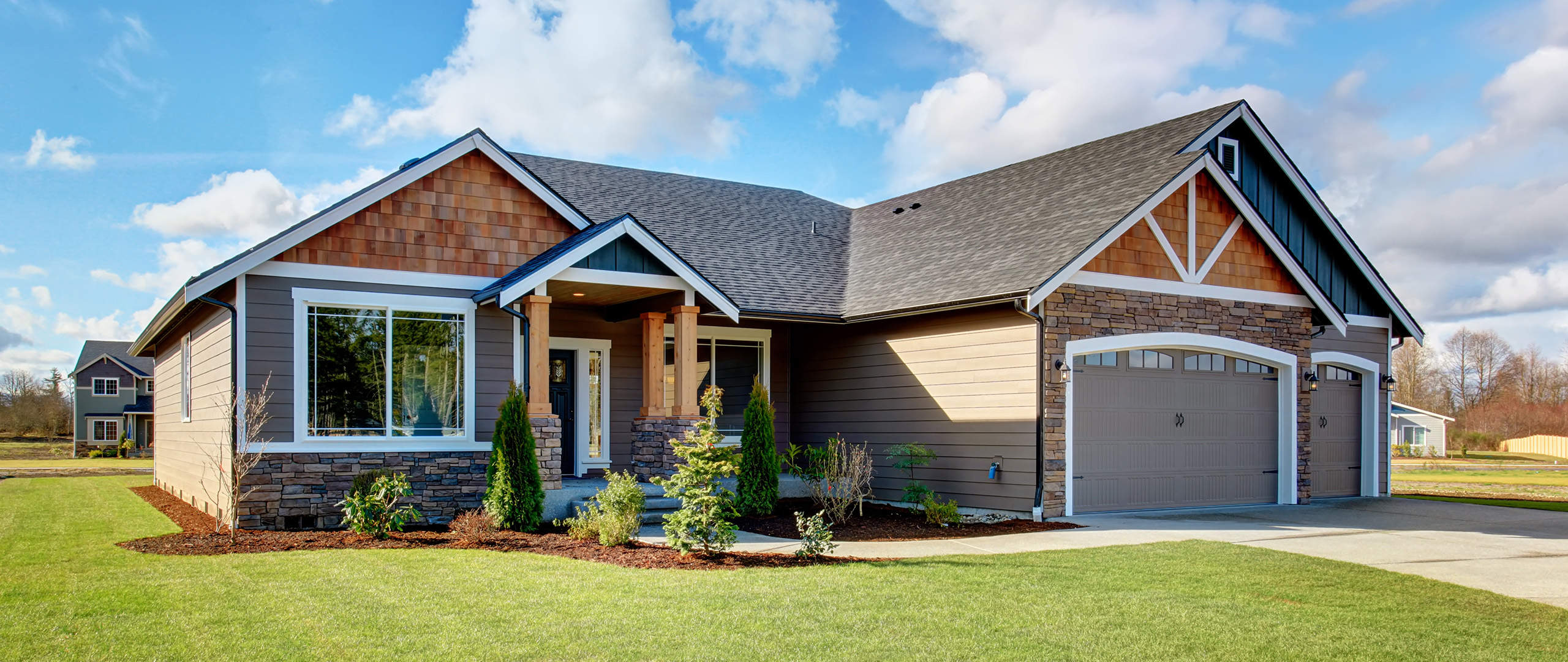
Staging can make a home look picture-perfect, but don’t let the fresh flowers, cozy throws, and fresh-baked cookie smell distract you from what really matters. When going on a home tour, look beyond the surface and assess its true condition and value. Here is what you should focus on during the walkthrough.
Don’t Let Staging Fool You
When you first enter the house, consider whether the room size will be sufficient when empty, if there are awkward layouts disguised with creative furniture placement, or areas blocked off that you can’t access.
Consider taking photos or notes to help you imagine your furniture and decorations in the space. This is your opportunity to check out the details of the home.
Structural and Foundation Clues
While admiring the layout, take note of any signs of structural problems, such as cracks in the walls, floors, ceilings, or around windows and doors; uneven, warped, or sloping floors; or sticky doors or windows that are hard to open or close.
These could signal foundation issues that may require costly repairs.
Water Damage or Mold
During a home tour, check for discoloration on walls and ceilings, especially in bathrooms, kitchens, and basements. Also note any musty smells, buckling floors, or peeling or bubbling paint, which can indicate hidden moisture or mold problems.
Don’t be shy about opening cabinets under sinks to inspect for leaks. Water damage is serious as it can lead to long-term, costly problems.
Windows and Natural Light
Are the windows newer or older? Open a few to test functionality and observe how much natural light enters different rooms — a naturally bright home is not only more inviting but also energy-efficient.
Additionally, check if the windows are drafty or foggy, and note that double-paned windows offer better insulation.
Storage Space
Staging will often include minimal items to make rooms feel larger. Open closets, check cabinets, and look at the garage or attic to evaluate actual storage capacity. Imagine where you would put all your belongings now and in the future.
Noise and Neighborhood Vibe
Step outside to listen to and observe the neighborhood. Do you hear nearby traffic, barking dogs, or other constant noise? If possible, visit the home at different times of the day to get a sense of the neighborhood’s atmosphere: how close the neighbors are, how much privacy you have, and whether the area feels safe and walkable.

Electrical and Plumbing Systems
Turn on faucets to check the water pressure and temperature, flush toilets, test light switches, and look for enough outlets in each room. These systems can be costly to update, so ensure you know their condition before considering the house.
You should also check for exposed wiring, old outlets, and functioning breakers. Also, consider testing appliances, including garbage disposals and dishwashers.
Heating, Cooling, and Ventilation
During a home tour, ask how old the HVAC system is and when it was last serviced. Check vents for dust buildup or signs of neglect and ensure the thermostat works correctly. A comfortable home that stays warm and cozy in the winter and cool and fresh in the summer plays an important role in your overall satisfaction.
Roof and Exterior
Walk around the outside of the home and look for missing shingles, sagging gutters, or signs of pest damage. A well-structured roof can last decades — a bad one could need replacing soon. Check for rotting wood in the porch, desk, and around windows, and large cracks in the foundation. Consider also inspecting the driveway, sidewalks, and lawn for any issues.
Smells and Senses
When you enter a house for sale, you may be hit with the scent of candles or baked cookies. These smells are meant to appeal to the buyers. However, stay alert to anything that seems “off.” Overpowering fragrances could be masking unpleasant odors, such as musty, damp, gas, or chemical smells.

Ask Questions
Don’t hesitate to ask the listing agent during the home tour how old major systems are, about recent repairs or renovations, the home’s ownership history, and any insurance claims filed. You can also ask about the neighborhood, access to schools, parks, and public transportation, and any upcoming projects in the area.
Make the Most of Your Home Tour
A beautifully staged home can make a great first impression. However, it could hide the home’s real condition. When going on a home tour, take notes, stay observant, and if you’re serious about the property, schedule a professional inspection before making an offer. Your dream home should not only be solid on the surface but also behind the scenes.


Follow Us